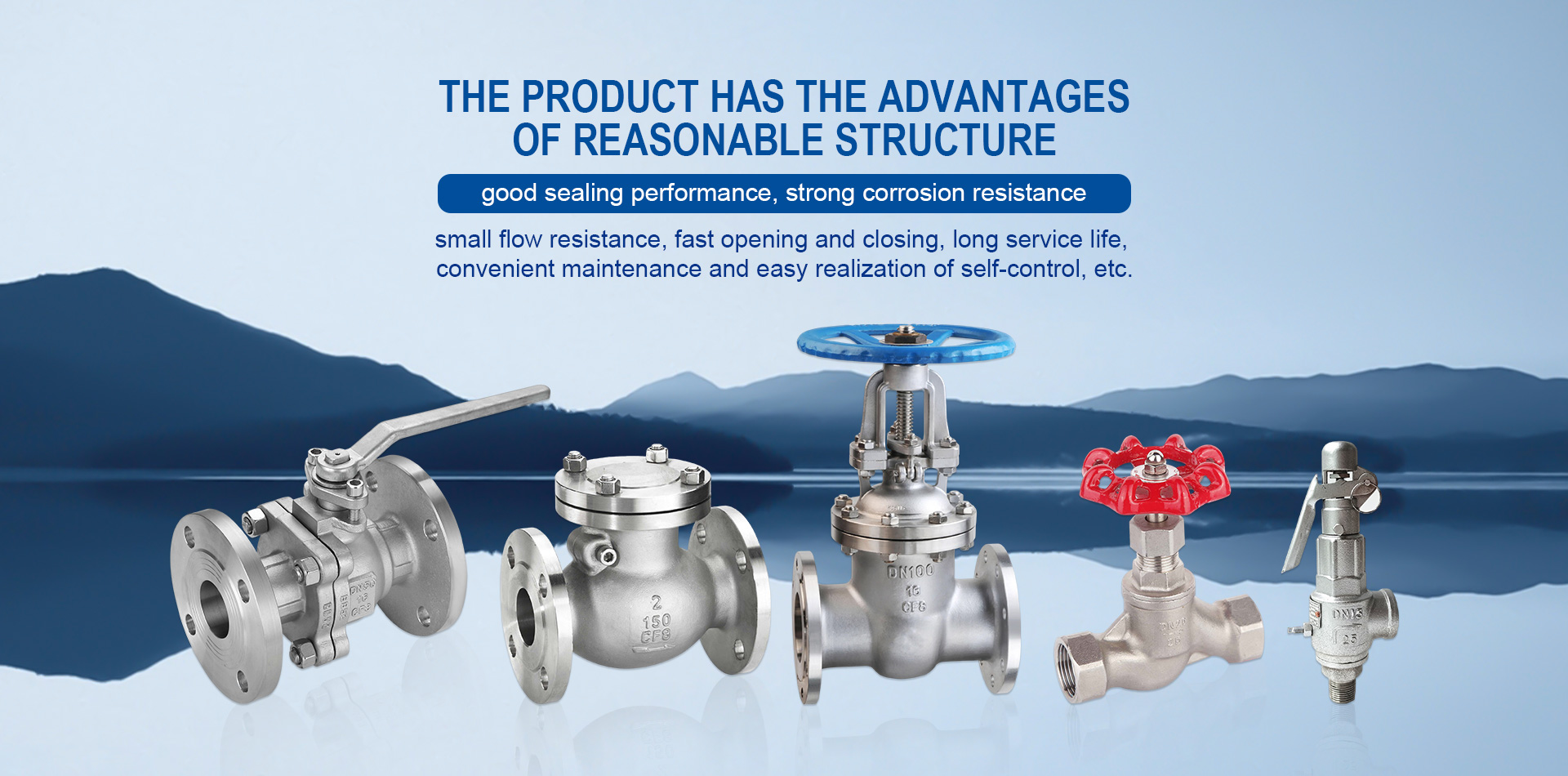Chongqing Xingjida Import and Export Trading Co., Ltd. is a valve production enterprise that integrates production, research and development, sales, and service. The company has a high-quality modern technology team, which ensures the high quality and stability of the company's products through scientific management, advanced production processes, and perfect testing equipment. The company also provides customers with higher added value fluid control comprehensive solutions by deepening services, taking technology as the leader, and supporting process and production.
The company's main products include cast steel, stainless steel, and cast iron: butterfly valves, gate valves, globe valves, check valves, ball and knife gate valves, plug valves, safety valves, exhaust valves, relief valves, plunger valves, etc., suitable for industries such as petroleum, chemical, pharmaceutical, coal, metallurgy, municipal, water supply and drainage.

Privacy statement: Your privacy is very important to Us. Our company promises not to disclose your personal information to any external company with out your explicit permission.








